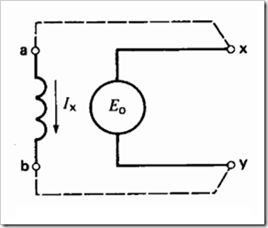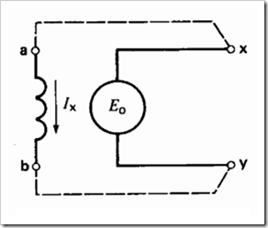
A shunt generator is a machine whose shunt field coil is connected in parallel to the armature terminals so that it is self-excited. This connection has the main advantage that no external source of pathogen is required.
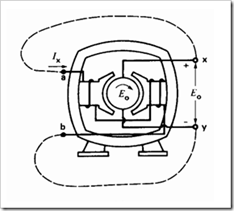
How is self-excitation achieved?
When a shunt generator is running at full speed, a small voltage is induced in the coil due to the remaining flux at the poles. This voltage generates a small and weak excitation current IX in the shunt field. The resulting small MMF acts in the same direction as the remaining flux, causing an increase in flux per pole. The doubled flux increases E0, IX, which greatly increases the flux again, which greatly increases E0 again, and so on. This progressive accumulation continues until E0 reaches the maximum value, which is determined by the sector resistance and the saturation level. A schematic diagram of a shunt generator is shown below. A shunt field is designed to be connected to the armature winding in a shunt (alternative term for parallel).
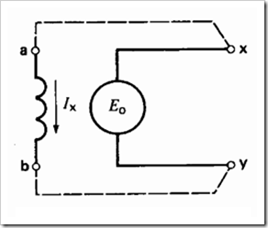
Controlling the Voltage of a Shunt Generator
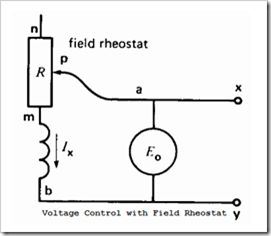
The induced voltage of a shunt excited generator can be easily controlled. We vary the excitation current by simply exciting a resistor connected in series with the shunt field.
-
Armature reaction in DC generator
Therefore, the equivalent circuit of a generator consists of a resistor Ra which is asynchronous with a voltage E0.
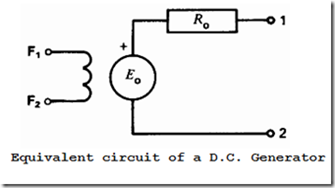
The latter is the voltage generated in the rotating conductors. Terminals 1 and 2 are the external terminals of the machine armature and F1, F2 are the field winding terminals.

